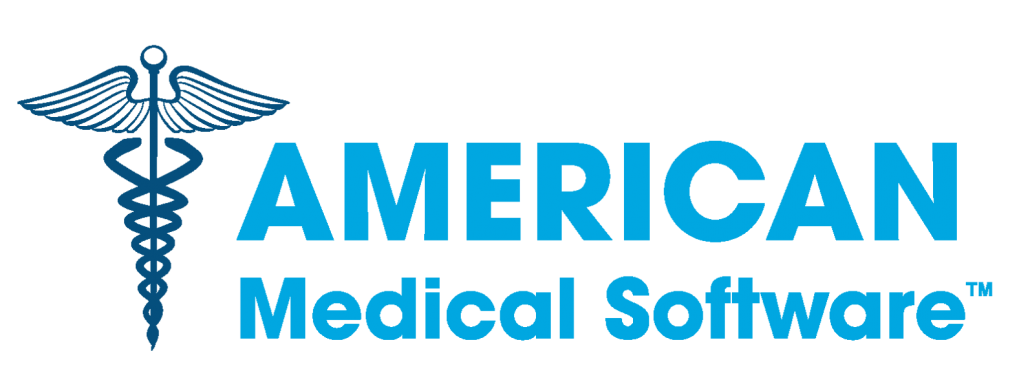EHR Meaningful Use Guidelines Clarified
As VARs and health care companies look for answers, there’s no shortage of consternation over the real meaning of “meaningful use.” Now, an updated version of the definition has been released, providing a more detailed, simpler map for providers to follow.
Stage One of “Meaningful Use” Electronic Health Records (EHR) guidelines finally arrived from the U.S. Department of Health and Human Services, and VARs wanting to snag a piece of the exploding EHR market need to understand it all inside and out. Big players, such as HP and Sage, and distributors, such as Tech Data and Avnet, are making no bones about their desire to play a large role in the nationwide EHR move that will occur over the next few years, and they are providing channel partners and customers with educational and sales tools to make their solutions even more palatable to the marketplace.
 For those new to the complex world of EHR, here is a quick recap: the American Recovery and Reinvestment Act passed last year included monetary incentives for doctors and hospitals that completed the move to EHRs. These monetary incentives come in the form of larger payouts from Medicare and Medicaid, and total more than $25 billion. In order to begin receiving the first incentives in fiscal 2011—which begins in October 2010—hospitals and doctors need to demonstrate “meaningful use” of EHRs.
For those new to the complex world of EHR, here is a quick recap: the American Recovery and Reinvestment Act passed last year included monetary incentives for doctors and hospitals that completed the move to EHRs. These monetary incentives come in the form of larger payouts from Medicare and Medicaid, and total more than $25 billion. In order to begin receiving the first incentives in fiscal 2011—which begins in October 2010—hospitals and doctors need to demonstrate “meaningful use” of EHRs.
Just three weeks ago, the U.S. Department of Health & Human Services released an updated version of what constitutes “meaningful use.” The original draft rules, according to many, appeared to lack clear definition and had CIOs scrambling to understand and implement a solution, as “Channel Insider” recently reported. In response, the Department of Health and Human Services facilitated feedback from industry associations, professionals and others to retool and refine the rules. The results were released in mid-July.
 The revamped guidelines require doctors and hospitals to meet 14 or 15 “core” requirements instead of the 23 or 25 original guidelines. These include items such as entering patient data such (i.e., smoker status, allergies, etc.) into the EHR system and sending reminders to patients when appointments are due. All of these guidelines are intended to cut a chunk out of the 70 percent of healthcare spend focused on treating preventable disease.
The revamped guidelines require doctors and hospitals to meet 14 or 15 “core” requirements instead of the 23 or 25 original guidelines. These include items such as entering patient data such (i.e., smoker status, allergies, etc.) into the EHR system and sending reminders to patients when appointments are due. All of these guidelines are intended to cut a chunk out of the 70 percent of healthcare spend focused on treating preventable disease.
Since EHR and “meaningful use” were initially laid out in the ARRA, solutions providers of all sizes and technologies have been angling for a way to get a piece of the massive spend ready to explode over the next four years. What’s more, channel-reliant companies are partnering up and arming their partners with the tools to ease the sales process and grease the revenue skids.
HP recently announced a new program called HP EHReady, providing financing for EHR and supporting technology purchases and support and lead referrals for its VAR partners. This builds on its other channel-focused healthcare program, Healthcare Express, which provides customizable marketing materials, presentations and other sales tools for HP VARs targeting the healthcare space.
IT distributor Tech Data is also getting into the act. The company unveiled its healthcare division last November, and then became one of the first distributors to land a deal with an EHR vendor, most of which were staying away from the channel for a number of reasons. Tech Data partnered with Sage North American Healthcare Division to provide its EHR solutions to healthcare VARs. And Sage is supporting its move into the channel, recently announcing it would offer free “e-consults” and Q&As with industry experts about navigating “meaningful use” for channel partners, as well as for hospitals and physicians end-users.




Leave a Reply
Want to join the discussion?Feel free to contribute!